Overdose Data to Action: Evaluation
OD2A-funded jurisdictions work to monitor and evaluate their surveillance and prevention efforts. Jurisdictions work collaboratively with CDC to evaluate the implementation and impact of each of the OD2A strategies. Evaluating these efforts is essential to ensure program efficiency and make continuous quality improvements.
Evaluation Profiles
The following OD2A evaluation profiles, created with funded jurisdictions between 2019-2023, can be used to help state and local health departments, community-based organizations, medical and healthcare professionals, and program managers determine how well programs and initiatives are being implemented. The profiles contain guidance on the types of evaluation questions, indicators, data sources, and data collection methods that can be used to evaluate the specified topics and activities.
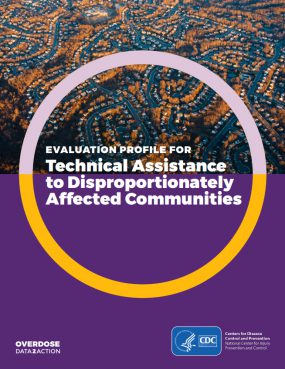
Technical Assistance to Disproportionately Affected Communities [PDF – 19 pages]
Health departments provide technical assistance to partners to enhance their capacity to understand and interpret local overdose trends and burden; identify populations or communities most impacted; and select and coordinate implementation of appropriate evidence/practice-based interventions to respond to their community’s needs.

Academic Detailing [PDF – 35 pages]
Academic detailing (AD) is a form of clinician education that uses a one-on-one interactive technique to deliver unbiased, evidence-based information to clinicians with the goal of affecting behavior change.
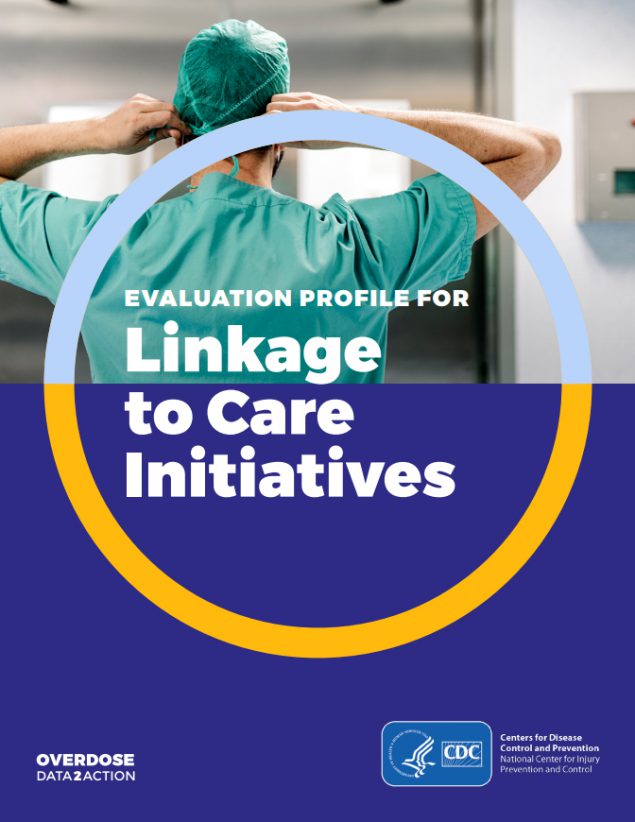
Linkage to Care Initiatives [PDF – 22 pages]
Linkage to care is a coordinated system and practice of assisting individuals with accessing care or services related to substance use.
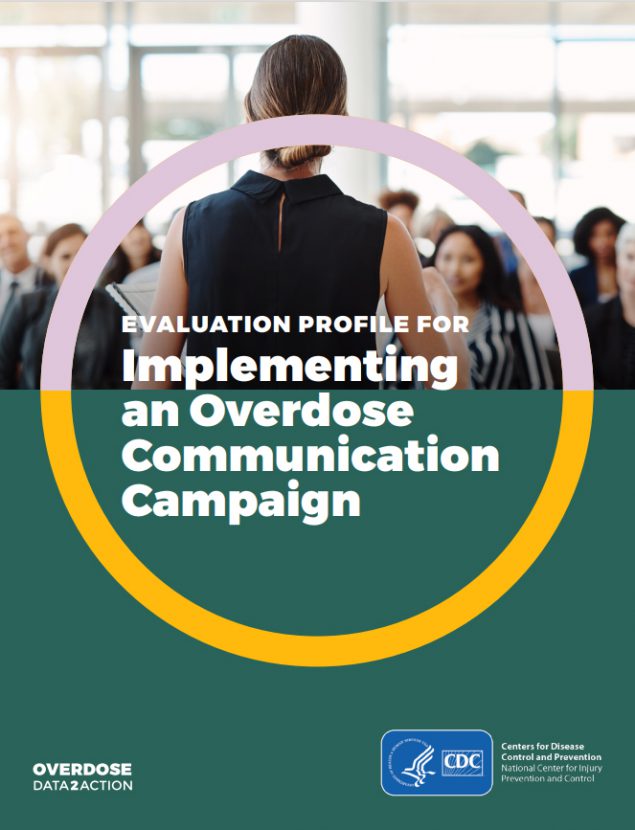
Implementing an Overdose Communication Campaign [PDF – 23 pages]
Overdose communication campaigns can focus on raising awareness and educating the public about the drug overdose crisis, including prescription drug misuse and illicit drug use, and reducing stigma associated with opioid use disorder.
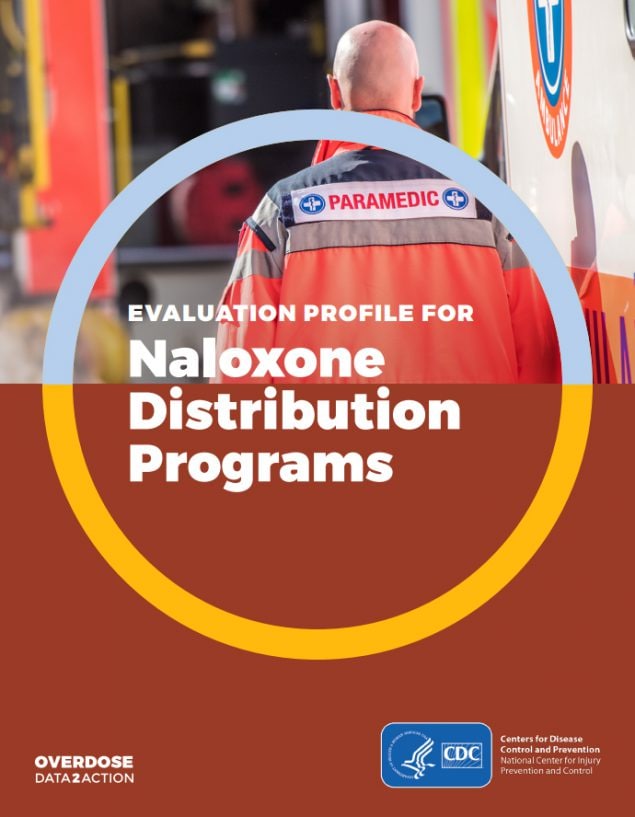
Naloxone Distribution Programs [PDF – 23 pages]
Targeted naloxone distribution is an evidence-based strategy recommended by CDC. Naloxone is an opioid antagonist that reverses the potentially fatal effects of an opioid overdose if administered in a timely manner.
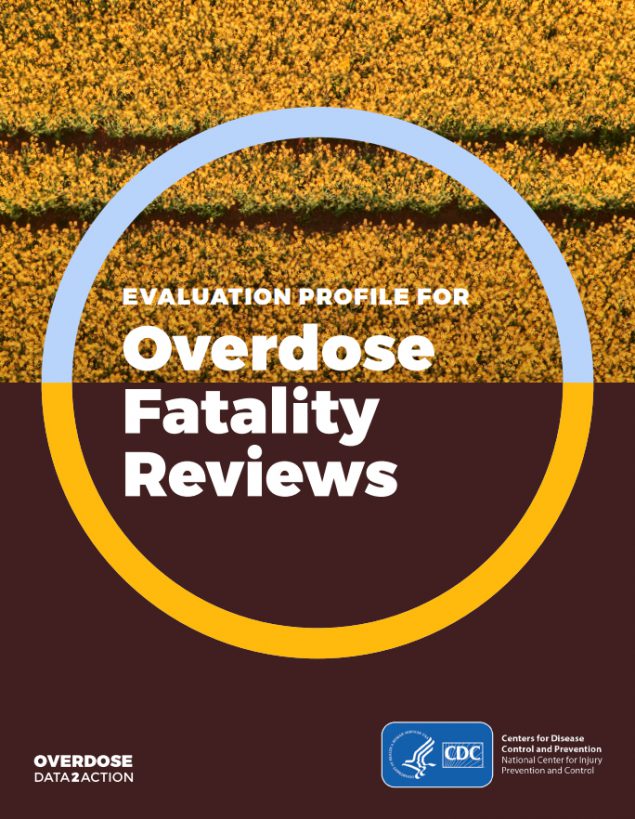
Overdose Fatality Reviews [PDF – 23 pages]
Overdose fatality reviews systematically collect and use data from people who died from overdose to identify factors associated with fatal overdoses at the individual, community, and population levels.
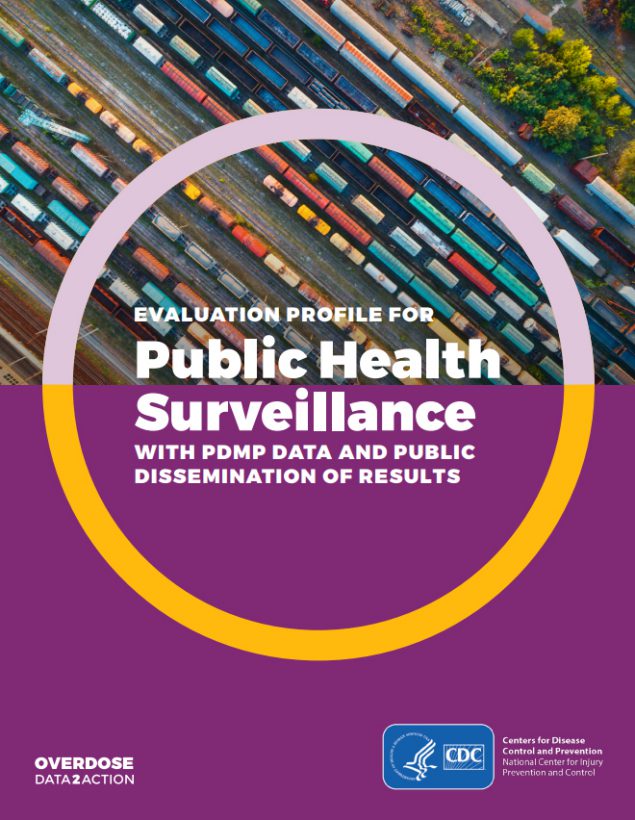
Public Health Surveillance with PDMP Data and Public Dissemination of Results [PDF – 22 pages]
Public health surveillance is a key public health activity that informs policy changes, guides program interventions, sharpens public communication, and helps agencies assess research investments.
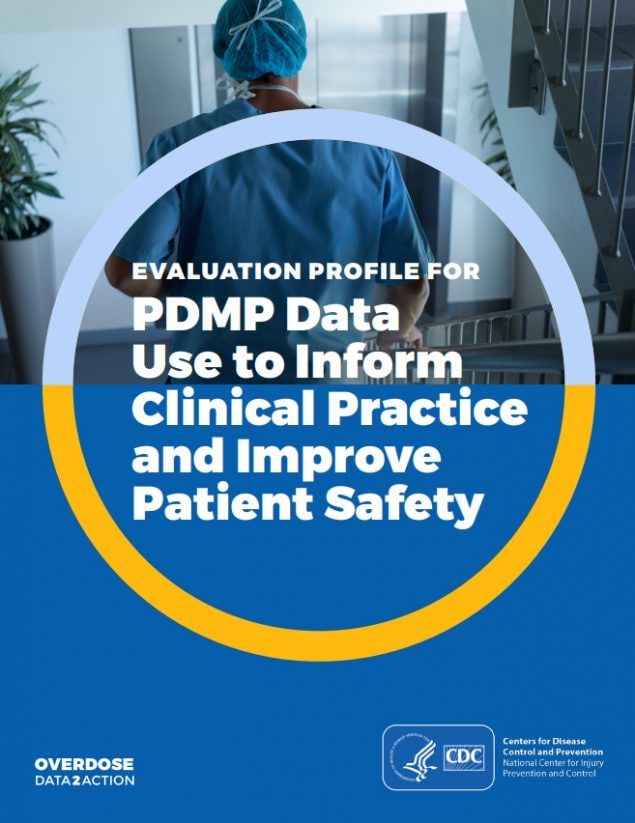
PDMP Data Use to Inform Clinical Practice and Improve Patient Safety [PDF – 47 pages]
PDMPs are electronic databases that contain information on controlled substance prescriptions dispensed by pharmacies and clinicians.
The OD2A evaluation team works to support OD2A-funded jurisdictions in their evaluation efforts by providing individualized technical assistance and creating overdose prevention evaluation resources. Some examples of these resources include success stories, which are OD2A jurisdiction-identified successes in surveillance and prevention.

